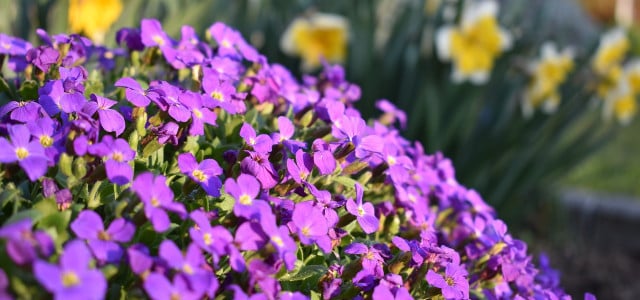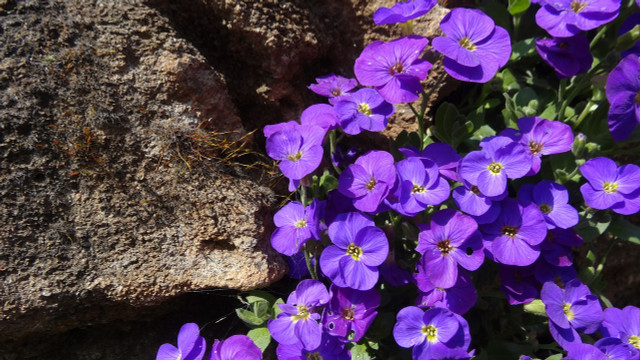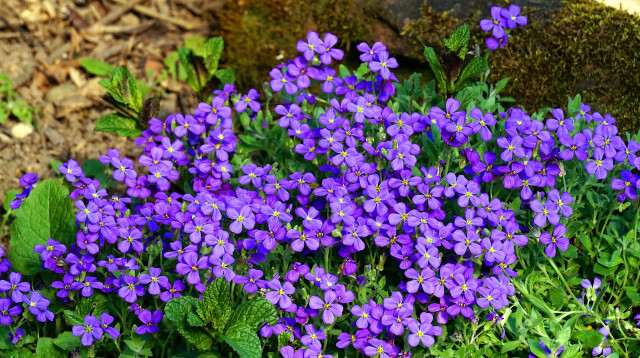
bluecissus form beautiful carpets of flowers and are great if you want to provide more food for bees in your garden. Here you can learn all about the proper care of early bloomers.
How to grow bluecissus
- The right time: It is best to plant bluecissus in spring or fall. If you plant the seedlings in the ground in the fall, they will have enough time to develop strong roots and produce many flowers in the spring.
- Plenty of sun: Bluecissus originate from the Mediterranean region and therefore like it best warm and sunny. So make sure you grow the plants in a full sun or partial shade location.
- Avoid waterlogging: Bluecissus can handle dryness well, but wetness will quickly harm it. Therefore, a gravel bed is best suited as a planting base. Watering and rainwater can drain off well and the soil remains loose and permeable. You can also mix some compost into the planting soil.
- Rock gardens are ideal: Because blue pinks prefer a dry soil, a rock garden is the perfect place to plant them. Also suitable: sunny beds, roadsides and balconies facing east, west or south.
- Good to know: Because bluecrop covers the ground like a carpet, it prevents weeds from growing. The denser you plant them, the less weeding you’ll have to do later.
Care and fertilization of bluecissus

- Bluecissus need very little water. Therefore, rainwater is usually enough for the plant and you do not need to water it additionally. Only in dry periods you should water the bluecissus.
- Cut back after the flowering period: By June at the latest, you should cut back the shoots of the bluecissus by half. This way you can get the plant to bloom a second time in the fall. In addition, after pruning, the bluecissus will grow back more densely the next spring.
- Wintering: Bluecissus are frost resistant and have no problem even with temperatures below -20 degrees. In extreme sub-zero temperatures, you can cover the plant with some autumn leaves or brushwood to protect it from the cold.
- Fertilizer: Bluecissus usually do not need fertilizer. If the plants get a bare growth, you can sprinkle a substrate with a lot of humus and sand on the soil.
Pests? Wrong!

Bluecissus are extremely hardy to pests and are almost never infested. The only enemy of the flower carpets are slugs, which love to attack the tender shoots.
Caution: Be careful not to overwater the bluecissus, otherwise the plants can quickly become moldy.


